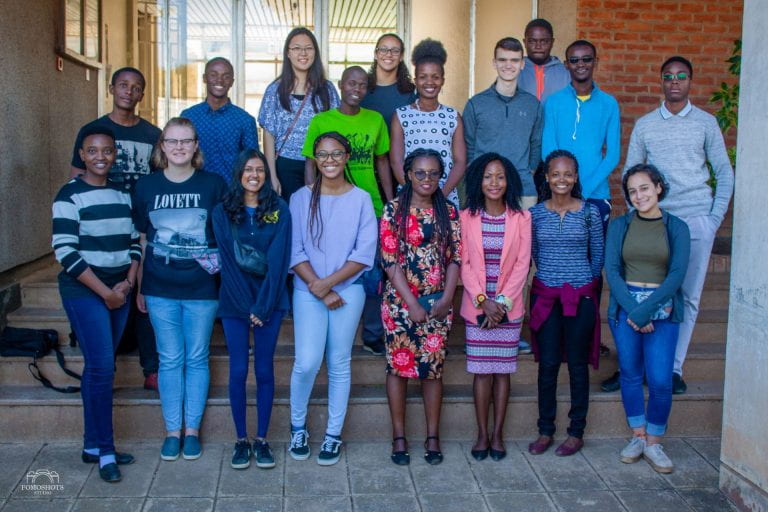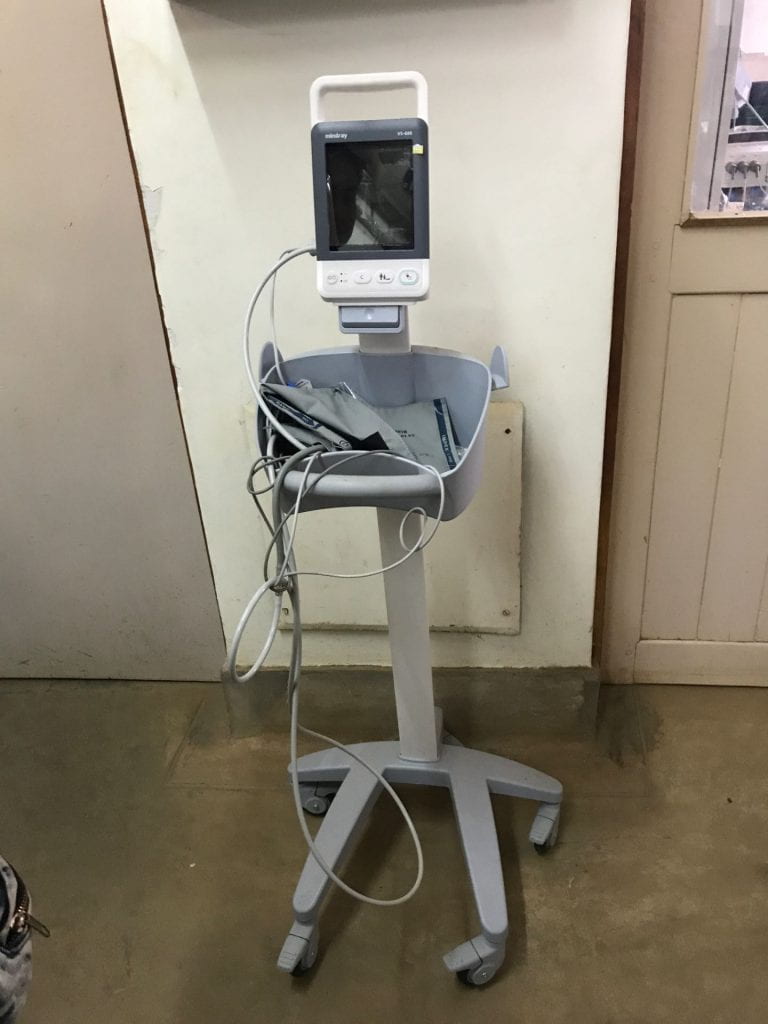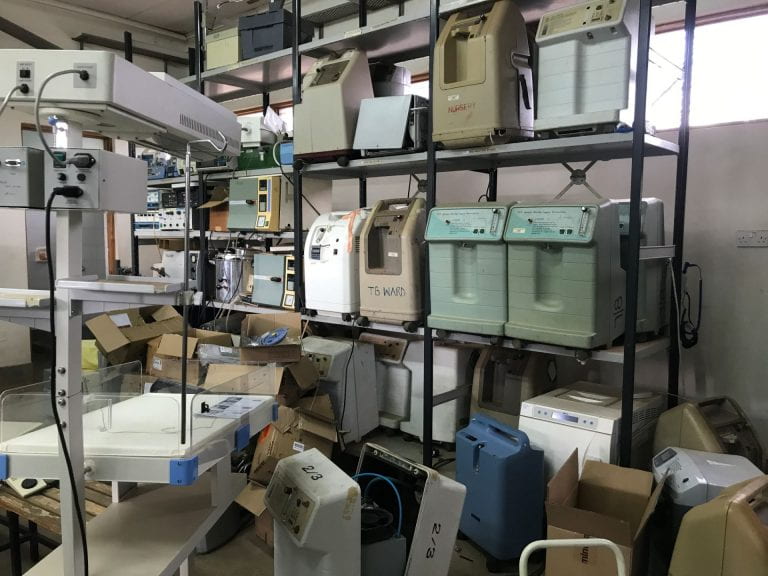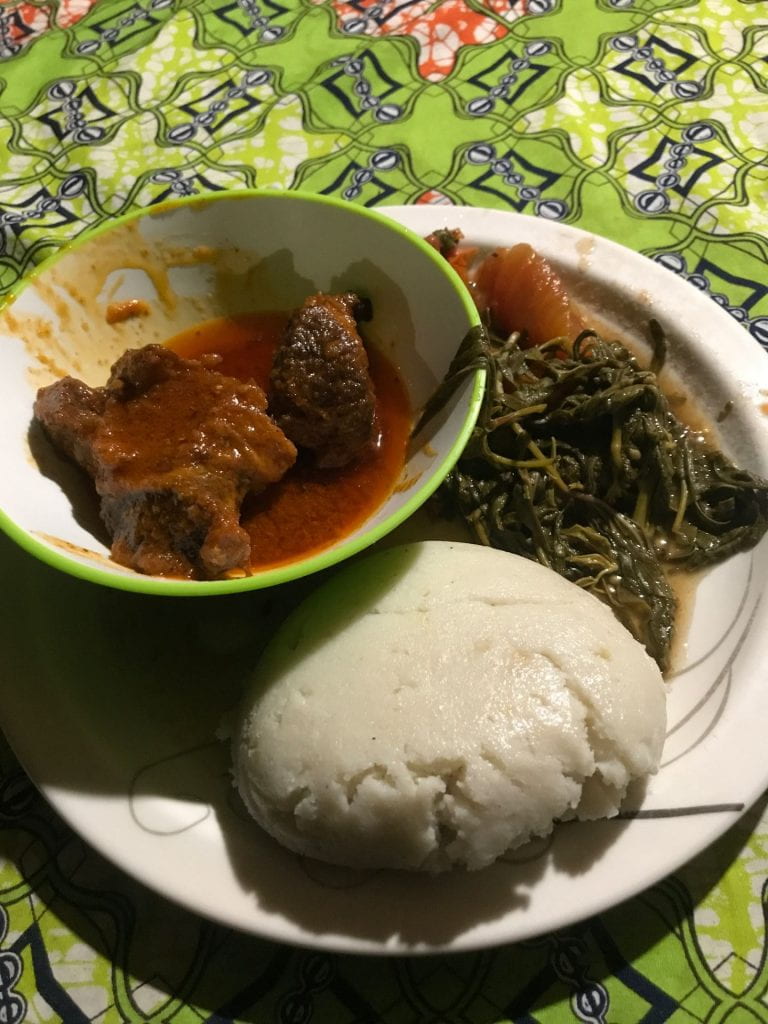Going into our first week of work, I felt excited and a little nervous for what was to come. I wasn’t sure how the technologies we brought over from Rice would be received or what to expect from the hospital visits. I wasn’t sure I would like the food (I’m usually a pretty picky eater) or if I would click with the Malawi interns in the same way that I have with the Tanzania interns. So many questions but not much time to worry about them…
June 10th, Monday – Anything is possible!
Our first day at the Poly began with a warm welcome from the Polytechnic’s Dean of Engineering and a few presentations on the engineering design process and human-centered design. We also had mini brainstorming session: we had to write down as many uses we could think of for bricks. After a minute of frantically scribbling down uses, we shared our ideas with everyone. Some of my favorites were “a giant game of Jenga” and “a SUPER effective paperweight”. This small activity reminded me why I love engineering so much. No idea is a bad idea. Anything is possible!! I’m going to try my best to carry this mindset with me as we start brainstorming for our main projects.
Later in the day we each presented the technologies that we brought from Rice to the rest of the interns and administration at the Poly and it was so nice to hear everyone’s thoughts and feedback on our projects. We ended the day with a design challenge where each team had 2 hours to create a contraption that would allow a ping pong ball to fall to the floor from a height of 1m in no more than and no less than 30 seconds. My team tried to make a kind of maze that the ball could fall through for 30 seconds before hitting the ground. Ultimately our ball fell in 5 seconds, but I think we deserve an A for effort. It was really good to get our ~creative juices~ flowing and get to know some of the other interns.

June 11th, Tuesday – Learning
Tuesday was dedicated to refreshing our knowledge on essential engineering design skills like Arduino, SolidWorks, 3-D printing, and laser cutting. Since I was already familiar with the basics of Arduino and laser cutting, I spent most of my time learning how to CAD on SolidWorks from Hillary (our internship coordinator at Poly). Our mini-project was to design and assemble a functional syringe. I’m so excited to see how all these new skills will translate into prototyping when we start work on our main projects.

Later that day, Hillary sent us our team and project assignments so we could begin preparing for hospital visits. I’ll be working on a continuous maternal temperature monitoring device with Joel (DIT), Boniface (MUST), and Christina (Poly).
June 12th, Wednesday & June 13th, Thursday – Hospital Visits
Wednesday and Thursday were probably the most eye-opening days of this week, and the inspiration for this blog’s title – Looking Closer. We went to Mulanje District Hospital and Zomba Central Hospital where we visited the nursery, high-risk ward, kangaroo ward, labor ward, and Physical Assets Management. The nurses we talked to were so experienced and knowledgeable, and their dedication is so admirable. It was amazing to see the things they achieve with the limited resources they have. Getting to actually walk in to the different wards, I started to look closer at all the ways nurses “improvise” when they don’t have something you might easily find in a high-resource hospital. One sight that stuck out to me in particular was a make-shift wheelchair made using a common plastic chair and some wheels tied on with rope. The high-risk ward was a small, hot room (the whole room is kept at a high temperature for the premature, hypothermic babies since there are no incubators in use) with radiant warmers lined up against one wall. Each warmer (meant for 1 baby) fit 2-3 babies and had a single patient monitoring system with a temperature probe, which meant all 3 babies could not be monitored at once. Still, the nurses did everything they could to make sure all the babies got the attention they needed. Through all my observations, it was clear that there is no lack of creativity, dedication, or intelligence in these hospitals, simply a lack of resources.

Listed below are some of my main takeaways from both visits:
- Lack of nurses – Often times, the neonatal ward has around 20-30 babies but only 3-4 nurses. The labor wards get approximately 20 deliveries per day, but only 2-3 nurses to look after the mothers. Because of this, nurses are usually more preoccupied caring for the large number of high-risk premature babies being born and mothers may end up going unmonitored for certain periods of time.
- Thermometers are limited and break often – The labor wards usually have only a couple of thermometers to monitor all the mothers’ temperatures regularly. In Zomba, the labor ward had NO thermometers. This left nurses relying on using their hands to check whether a mother has a fever. There is definitely a need for continuous monitors to help nurses quickly monitor all patients.
- Donated devices aren’t always useful – most of the devices we saw (incubators, oxygen concentrators, suction machines, etc.) were either broken or not being used. Donations come from many different manufacturers, often without manuals, and nurses don’t have the time to learn to use these new devices from scratch. Instead, nurses become comfortable relying on their experience and intuition and their clever “improvisations”.
- Hospitals are focusing on educational material – In both hospitals, the hallways were decorated with colorful signs and depictions to educate people about things like the importance of STI testing and breastfeeding. I found this to be an interesting contrast to the clinical white walls in most American hospitals.

As a bonus, on the way out of Mulanje District Hospital, we got to see Mount Mulanje and it was so tall that the peak hid from our view behind clouds. Shadé, Alex, Liseth and I are determined to climb it – hopefully we can convince the others to come with us!
June 14th, Friday – Common Ground
On Friday we worked with our teams to compile all our findings from the hospital visits and give a short presentation to the rest of the interns and staff about what we learned. This was the first time I got to work with my whole team, and we had so much fun getting to know each other while also being productive! We ended up talking about the similarities between South African weddings and Indian weddings and it reminded me that although we all come from different places, there is so much we have in common.
June 15th, Saturday & June 16th, Sunday – Good Food and Good Company
This weekend we visited a local market to put our bargaining skills to the test (we weren’t very successful…), cooked some good meals, and spent quality time watching the latest episodes of Black Mirror together.

Ending the week, all my initial worries have vanished. Our technologies from Rice were received well, the hospital visits were educational and inspiring, and I love the food here. I’m already starting to get to know my team and we are beginning to form a good team dynamic to start working on our project. Get ready for some serious brainstorming sessions next week!!
— Nimisha 🙂